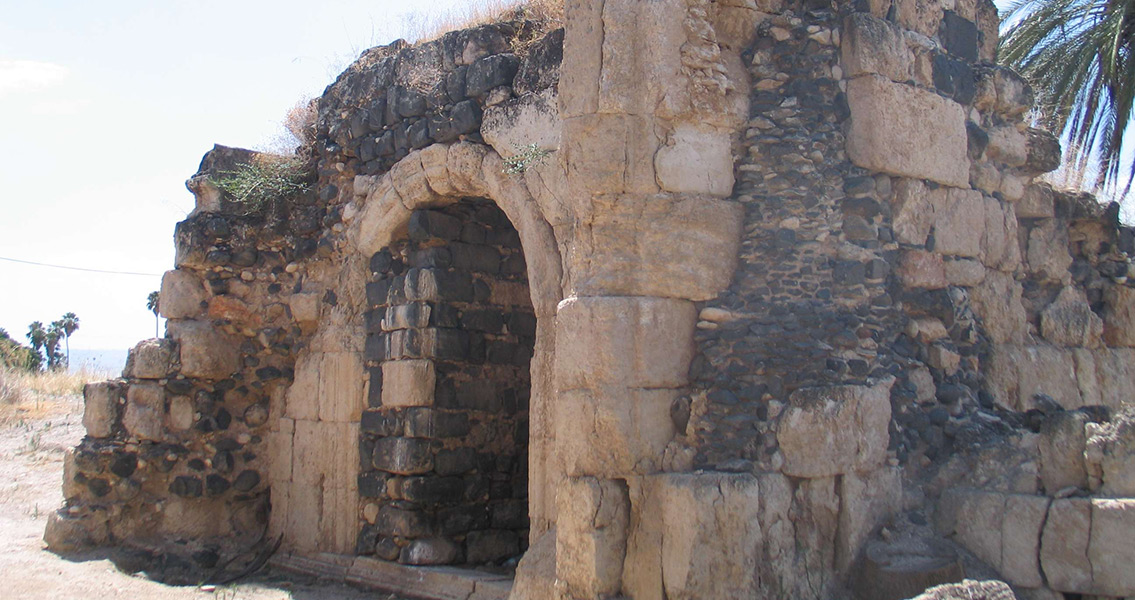<![CDATA[Archaeologists working in Israel are excavating an early-Islamic caliphate palace on the shore of the Sea of Galilee known as Khirbat al-Minya. It’s believed the palace was built as part of a Qasr complex and also contained a mosque and a bath during the rule of the Umayyad caliph al-Walid I (705-715 CE), its supposed patron. The site is the only Umayyad ruin with remains above ground in Israeli territory and features one of the first mosques in the region. An inscription found on a stone at the site mentions the name of al-Walid's son: Umar ibn al-Walid, the governor of Tiberias during his father’s rule. Researchers from Johannes Gutenberg University Mainz (JGU) recently began excavations at the site hoping to determine the landscape of the area prior to the construction and how the buildings were repurposed after a disastrous earthquake in 749CE. Led by PD Dr. Hans-Peter Kuhnen from JGU’s Department of Ancient Studies, the researchers found evidence the building had been used by traders, craftsmen and sugar cane farmers. Among the artifacts discovered is a tiny glass weight only 12 mm in diameter with the Arabic inscription "Glory to Allah" on it, suggesting Muslim traders must have operated there during the ninth or tenth century. It was also discovered that the facilities used to process sugar cane, which initially triggered an economic boom in the Holy Land in the Middle Ages. The research team was also able to uncover a boiling system that had been used for molasses production during this period. Underneath the foundations of the palace, team members found evidence suggesting the area underwent dramatic changes at least twice in the post-Roman period. Extreme weather had caused catastrophic boulder slides to cover what later became the palace building site, burying the foundation and walls of an even older, pre-Islamic settlement. The work of Mainz University is a continuation of a research project undertaken by German archaeologists between 1932 and 1939 in an attempt to clarify the history of both the settlement and the palace structure. However, excavations were halted when World War II began in 1939, leaving the work incomplete. The project is being supported by the Institute of Archaeology of the University of Tel Aviv and the Israel Nature and Parks Authority. Along with the excavations, the project team is also supervising a conservation project financed by the Cultural Preservation Program of the German Federal Foreign Office, in order to prevent further deterioration of the palace ruins. "By combining the use of exploratory trenches, the architectural survey, and conservation measures we are setting standards in the research, preservation, and investigation of this important early-Islamic site," Project manager Dr. Hans-Peter Kuhnen with JGU is quoted as saying in Science Daily, “The new excavations and the accompanying architectural survey will provide us for the first time with detailed insights into what happened on the shores of the Sea of Galilee before the palace was built and after it was destroyed by the earthquake of 749 AD. Our results will then contribute to the future development of the site.” ]]>
Excavations Interrupted by WW2 Continue at Khirbat al-Minya
